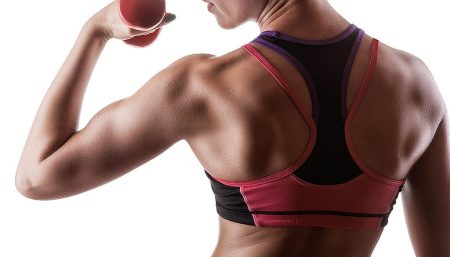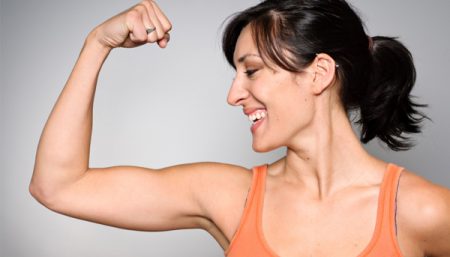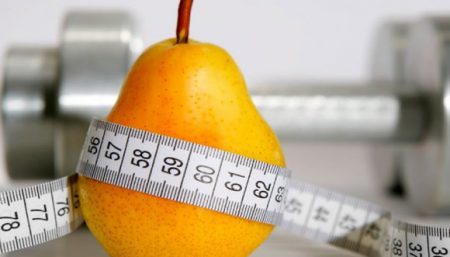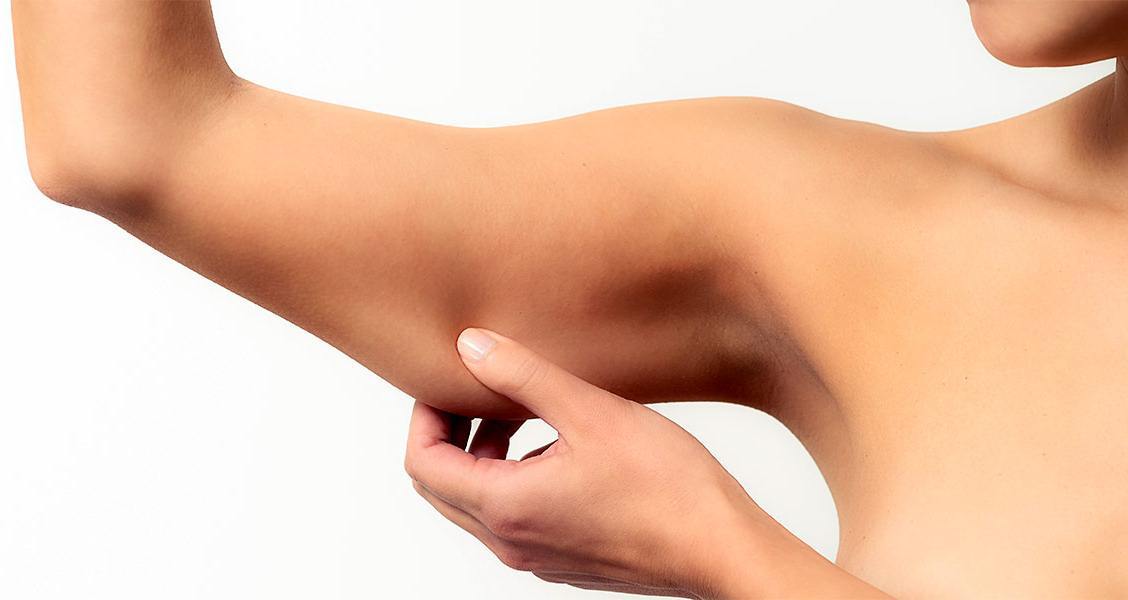
Still got wobbly arms despite the fact that you’ve done as many bicep curls and tricep dips as you can muster? The problem of flabby arms is more common in women who have lost a lot of weight. If you were over weight, the skin of your arm has to stretch to accommodate the increased volume of your upper arm. After weight loss, the skin usually fails to tighten and sags. Brachioplasty is performed to correct this problem of loose hanging skin of your arms.
There are some surgical options, too.
Ditch Your Wings
For many women, being uncomfortable with upper arm area of the body is annoying in sunny weather, when all around are slipping into tanks and sleeveless tee-shirts. It’s unclear why some women have flabby arms and others don’t – obviously exercise has a lot to do with it, but many believe that so does genetics.
For a permanent solution to arm-loathing problem, there are a couple of surgery options. Arm procedures are less talked about than other forms of surgery and the results are usually less dramatic than those you can expect to see elsewhere. Essentially the choice is between lipoplasty (or liposuction) to remove fat, or an ‘arm lift’ (brachioplasty) to get rid of excess skin. Both have their advantages and disadvantages.
You should however not ignore the fact that surgery can be effective at reducing fat, it will never give your arms the tone and definition that’s so attractive when peeping out of sleeveless shirts. Only exercise will do this. That said, if your saggy arms are the result of ageing skin, or major weight loss, exercise can improve but not eliminate the problem. Plus the older you are, arguably the longer it’s going to take for you to see results from a regular arm workout.
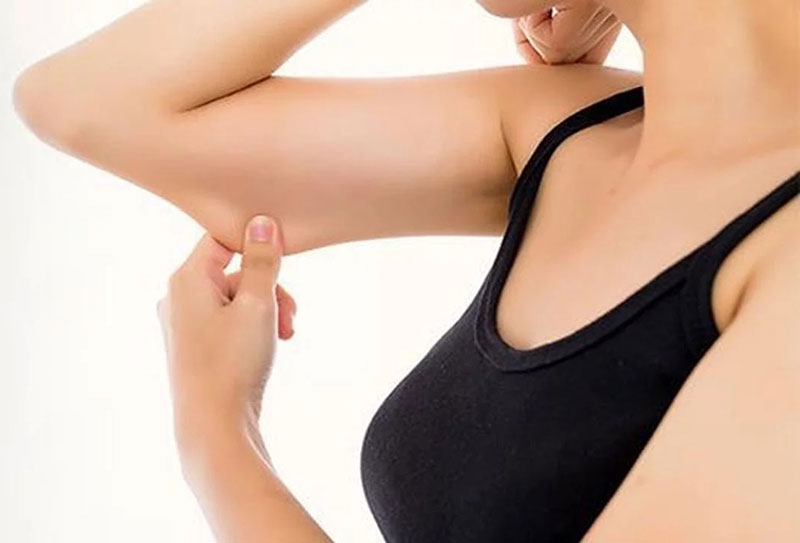
Arm Lifts
For most women – especially those who don’t have masses of weight to lose – the arm lift (brachioplasty) is the best option. It tightens loose skin, and by stretching it, ‘irons out’ any rough or creepy patches. It can be done under either local or general anaesthetic, and bruising and swelling normally last for no more than a couple of weeks, although you will have to wear a bandage or special compression garment for several weeks. You can exercise again after six weeks. For those women who think skin tightening is not quite enough but don’t need to loose enough fat to warrant a full-blown lipoplasty procedure, small amounts of fat can sometimes be removed at the same time.
Brachioplasty’s biggest disadvantage is its scar – it’s usually a long, heavy, crooked line from the elbow to the armpit. Although it’s on the underside of the arm, many women see the choice between flabby arms and unsightly scar as a difficult trade-off. Also, brachioplasty is not suitable for patients who have had a mastectomy (the arm’s lymph drainage system may already be damaged) or those who suffer from excess sweat formation.
Fight The Flab
Where arms are disproportionately flabby, or where the patient is more than around 30lbs (14 kilos) overweight, lipoplasty will give better results – although if the amount of skin you can pinch under thebiceps is 5 cm (2 inches), then there will still be flabby skin even after lipoplasty. An incision is made around the elbow and skin suctioned out in exactly the same way as in other parts of the body. You’ll have bruising and swelling for about three weeks, after which your operation will have ‘settled’ and you’ll be able to see your new shape – although it can often take a couple more months before you get the optimum results.
Many women worry that if they have fat removed from their arms, it will result in unsightly, flabby skin afterwards. Unless a large amount of fat has been removed, the skin tends to shrink back to fit its new size and will not sag – although you may be more prone to sagging in the years to come than you may otherwise have been. Advocates of the new ultrasound-enhanced lipoplasty claim that this is even better at helping skin to shrink, although the jury is still out on this.

Liposculpture
Small-volume lipoplasty (SVL), sometimes referred to as liposculpture, is a relatively new development in arm surgery, and bridges the gap between brachioplasty and lipoplasty. Small incisions (around 3 mm) are made at the elbow and other strategic points, depending on the areas being targeted. Pockets of fat where the arm meets the chest – front and back – are most frequently worked on, but other areas such as the wrists and elbows are also candidates. Only small amounts of fat are removed, using a very fine cannula or syringe.
Small-volume lipoplasty is excellent for ‘finishing off’ a job of ‘regular’ lipoplasty or for sorting out minor niggles – but as with its larger-volume counterpart, it can be expensive, complicated and painful. Your arms would have to really upset you for you to consider SVL on its own.
The ideal candidates for arm lift surgery are adults who desire a more youthful and less flabby appearance, in the upper arm. Liposculpture, in many cases, (when excess fat and not excess skin is the problem) may be a more appropriate alternative.
Disclaimer
The Content is not intended to be a substitute for professional medical advice, diagnosis, or treatment. Always seek the advice of your physician or other qualified health provider with any questions you may have regarding a medical condition.

